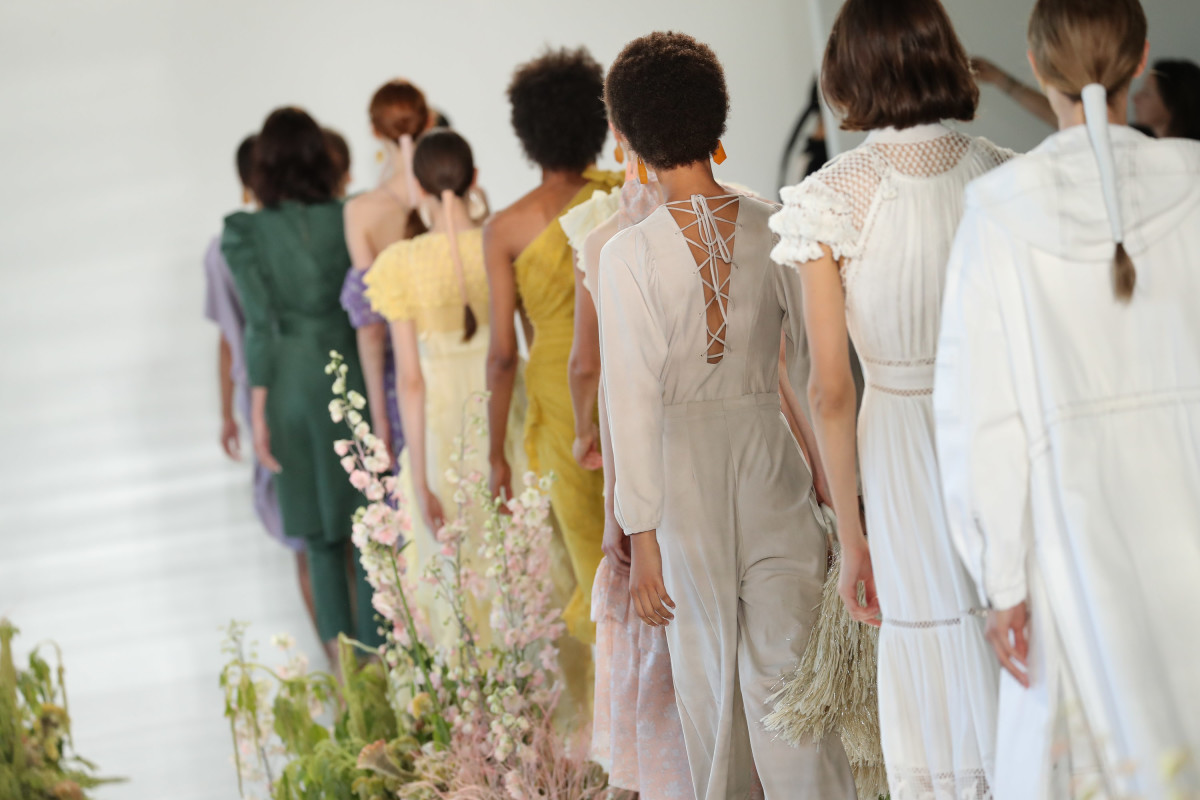We all wear some form of clothing every single day, but very few take a moment to think about where it came from and its environmental impact.

In its most pure form, did it grow in a field or was it once sloshing in an oil well?
Sustainable and ethical clothing may well be the new little black dress – as an increasing number of designers push forward with more thoughtful practices.
The fashion industry is the third most polluting industry in the world. So, it’s no wonder consumers, especially millennials, have an expectation that brands should actively “do good”, and be transparent.
To put into perspective the impact this industry has on the environment; I give you one humbling statistic; the amount of water used to produce one pair of jeans, is equal to the amount of water the average human drinks in five to six years – that’s 7,000 litres of water.
On top of that, the footwear and apparel industries currently produce 8% of global greenhouse gas emissions – That’s almost as much as the entire European Union.
But it’s not just the environment that sustainable and ethical brands are trying to protect. Social and economic standards are kept high, to ensure employees work in safe conditions and earn a living wage.
Transparency is fashion matters, and it is the only way we can transform the industry and how people shop. This can be achieved by asking one simple question: Who makes these clothes?
As a lover of fashion, I too am guilty of succumbing to the eye-catching price that follows fast fashion brands. When you have brands like Missguided advertising bikinis for one pound – sometimes your bank account wins the internal dilemma.
But when the prices are that low, you have to question how and where the clothing is made. It is estimated that 170 million children are engaged in child labour, and of that far too many are making textiles and garments that feed our diet of fast fashion.
And sadly, it’s not just fast-fashion brands. Many luxury fashion labels are guilty of this negligence towards to its workers too – whether they are aware of it or not.
The shortcuts or unethical practices being used to cut prices for us, are costing the people who make them in ways we couldn’t possibly imagine – and it’s costing the Earth too.
As stated by the Fashion revolution in the 2019 Fashion Transparency Index:
“Transparency is not just sharing the good stories nor disclosing only compliant, well-performing suppliers – it’s about presenting the full picture…This sort of transparency requires brands and retailers to know exactly who makes the products they sell – from who stitched them right through to who dyed the fabric and who farmed the fibre. Crucially, this requires brands to trace the journey of their products right down to the raw material level.”
Brands like Reformation, People Tree and Stella McCartney, implement both eco-friendly and ethical practices – as well as transparency on its direct and indirect emission waste across its entire supply chain. Not only that, they also have set an approved Science-Based target to reduce their greenhouse emissions.
Increased transparency will take us one step closer to a safer, fairer and cleaner fashion industry – one where we can be proud of where our clothes come from.
Subscribe to FIB’s newsletter for your weekly dose of music, fashion and pop culture news!






